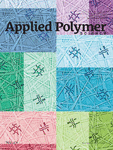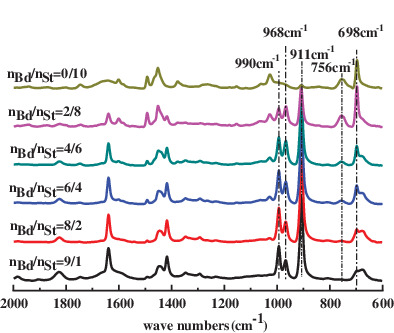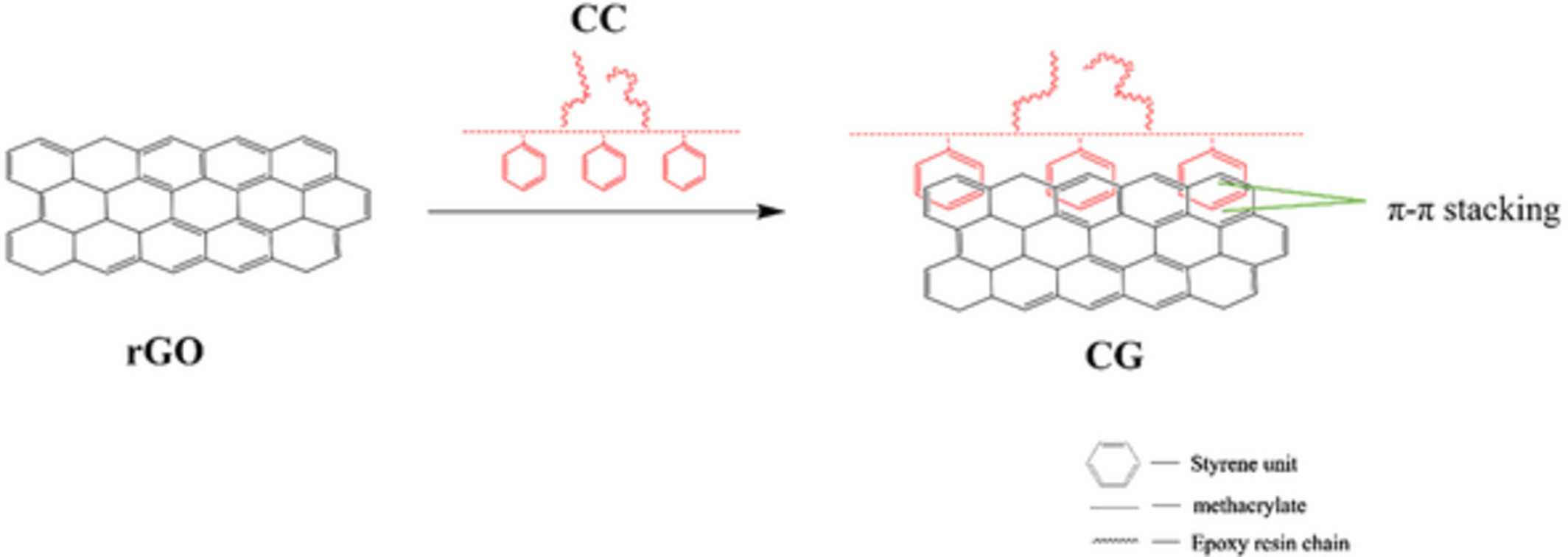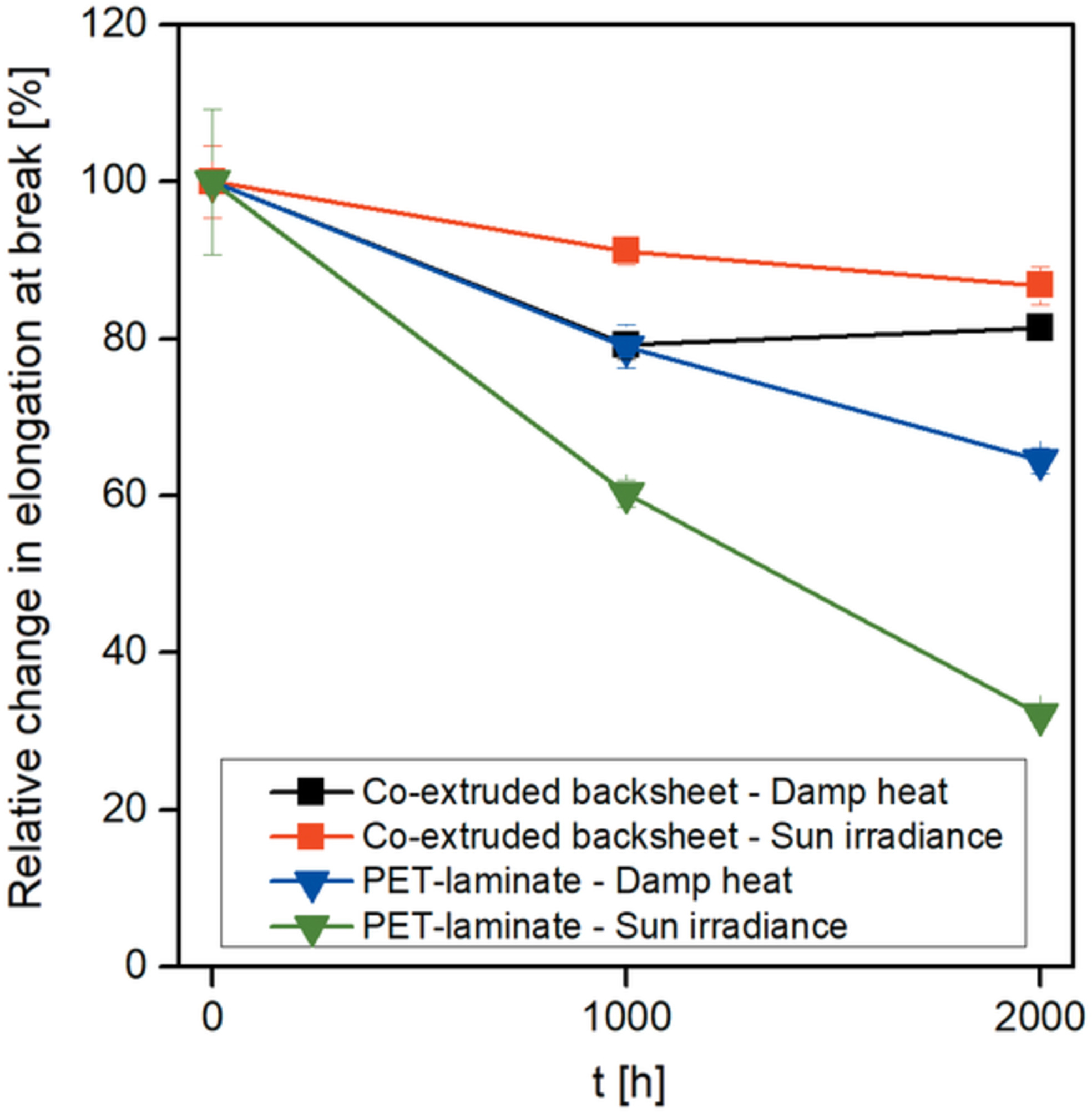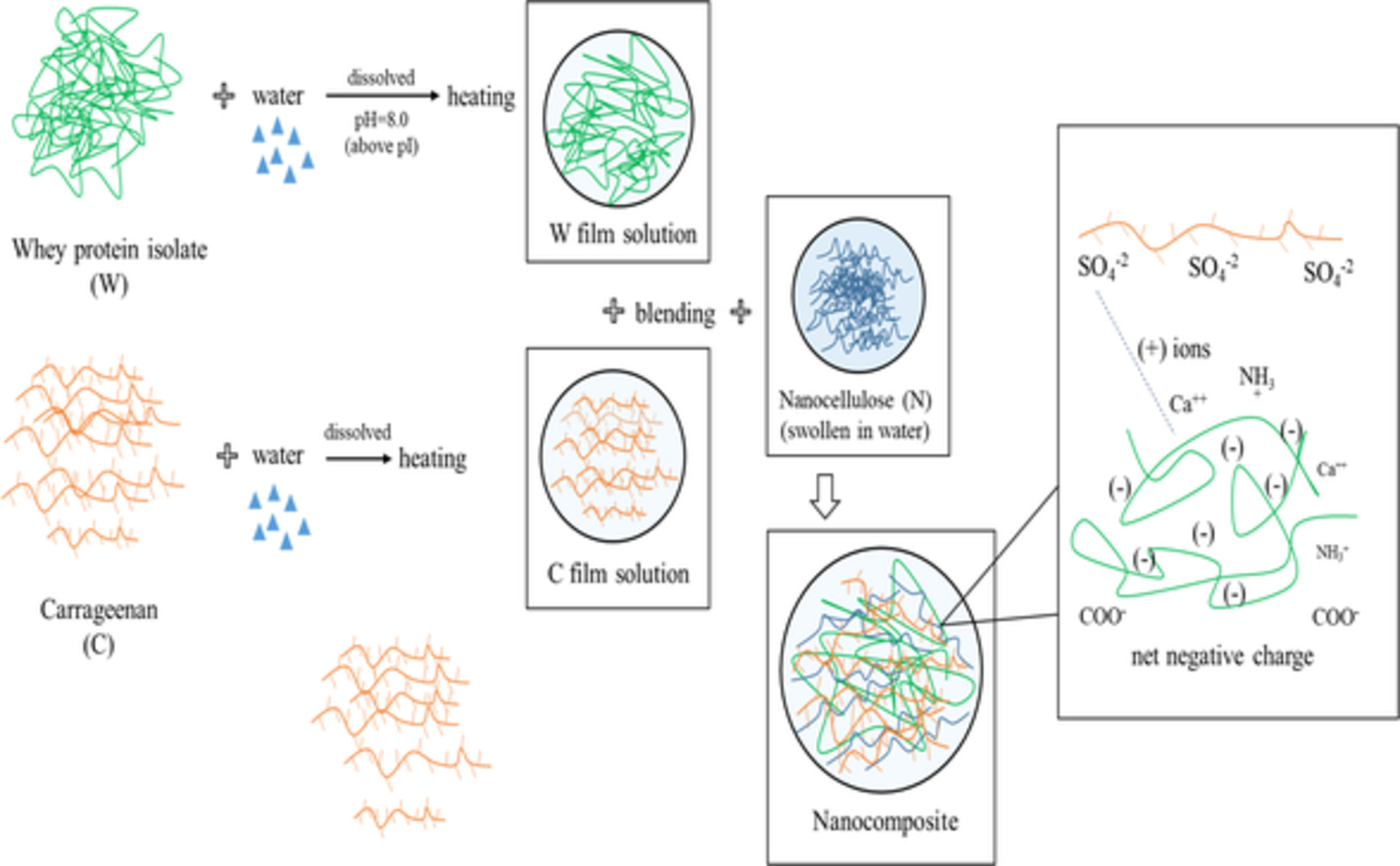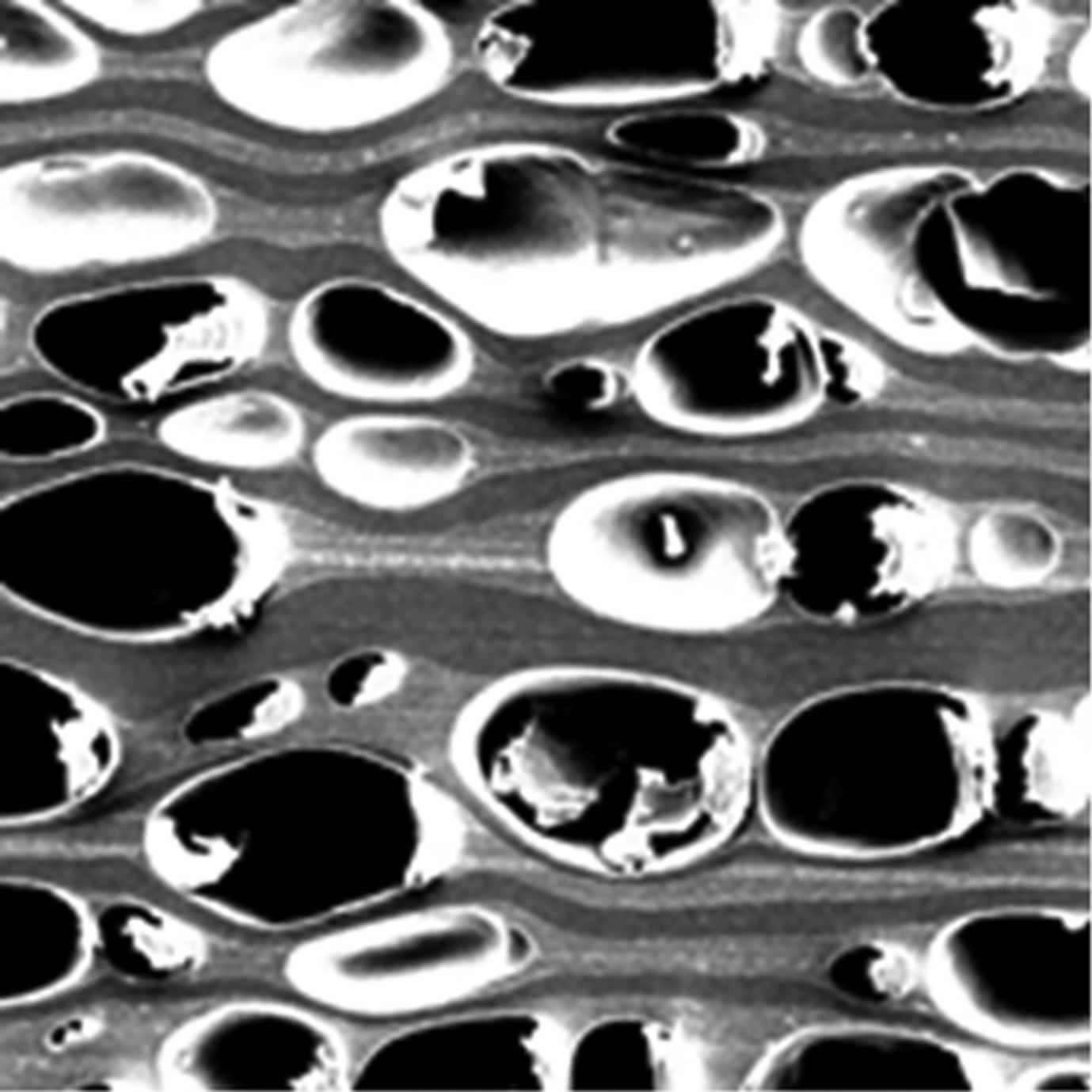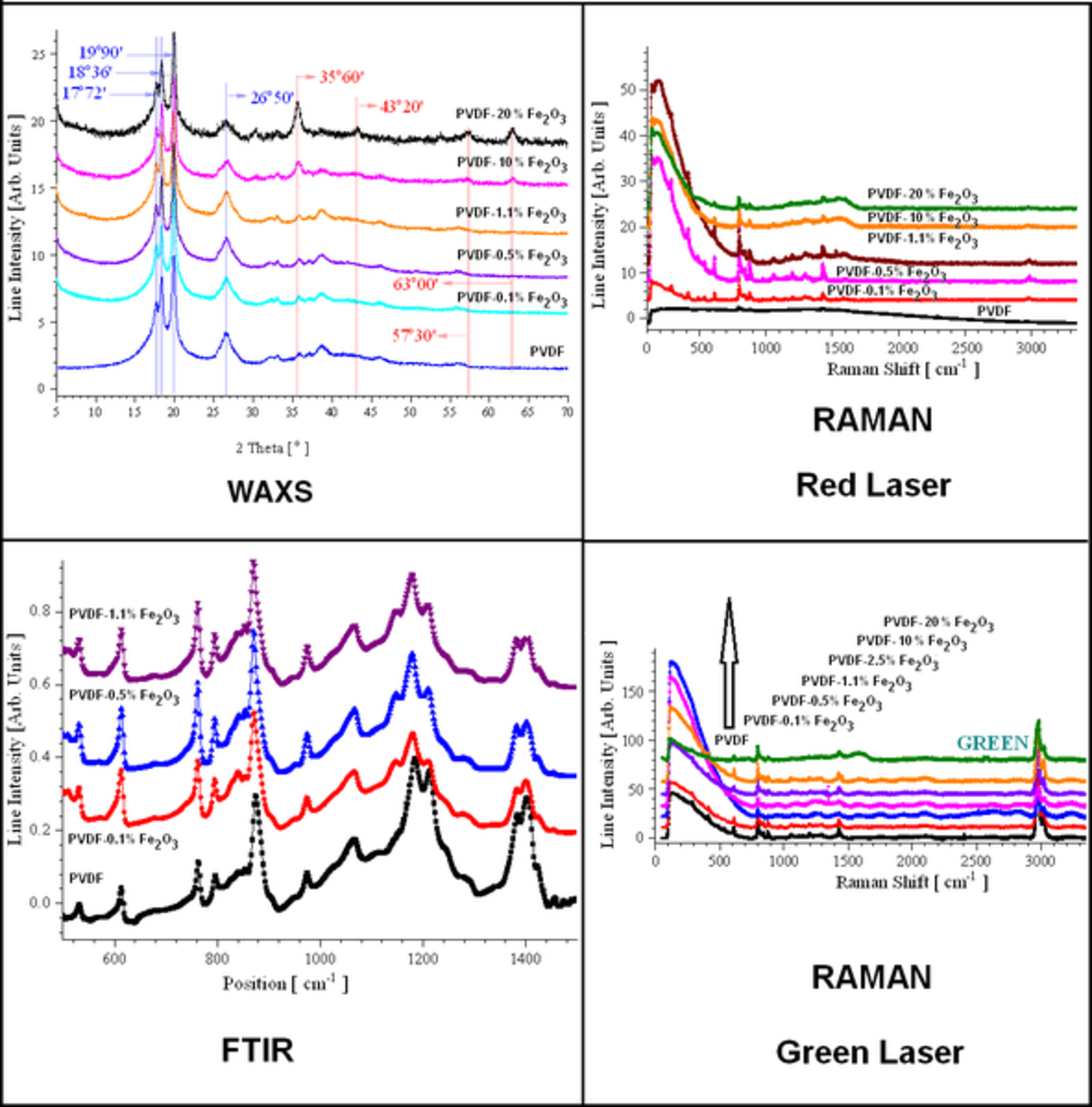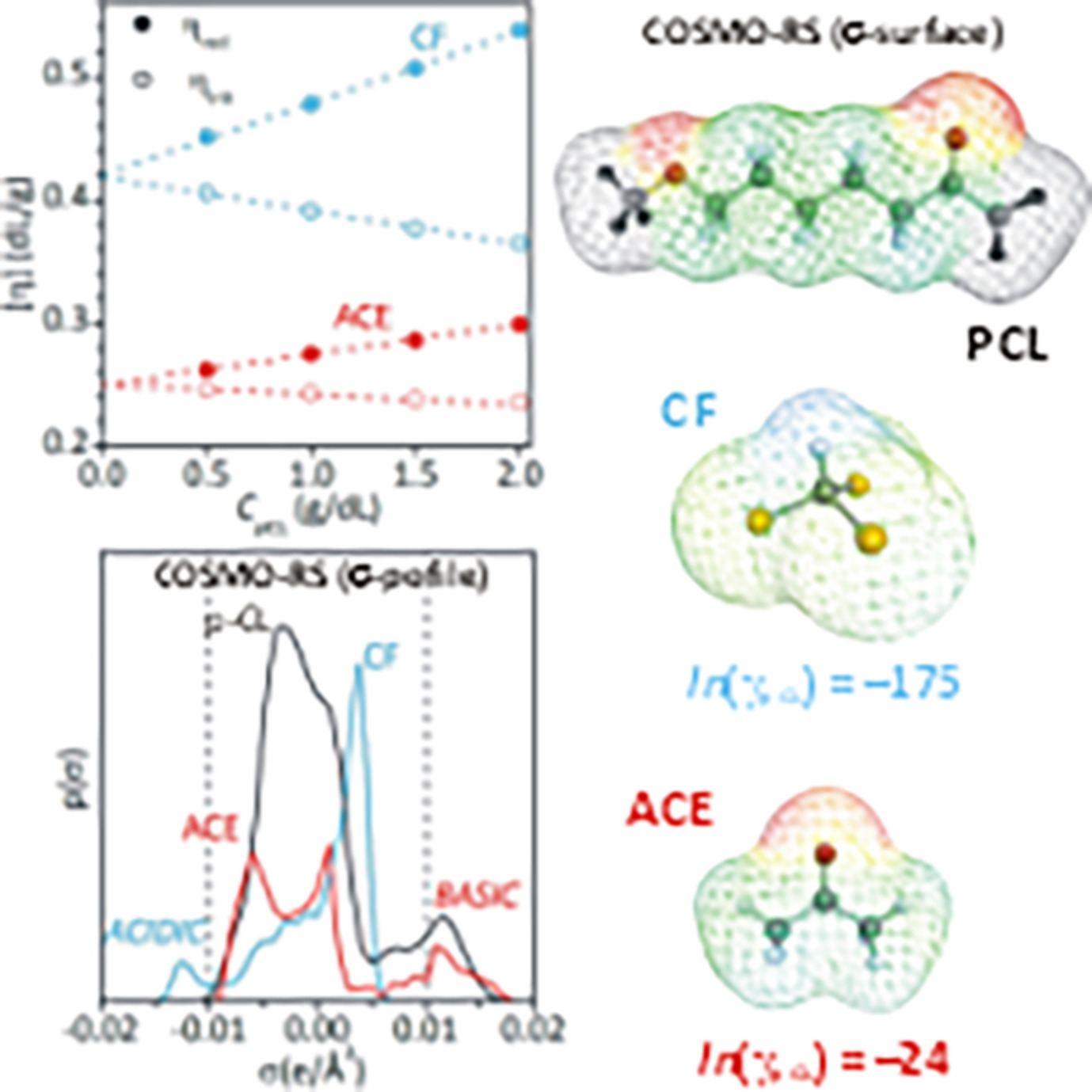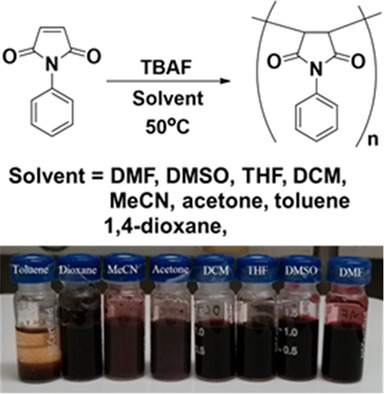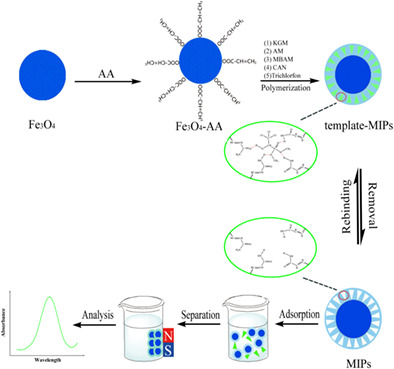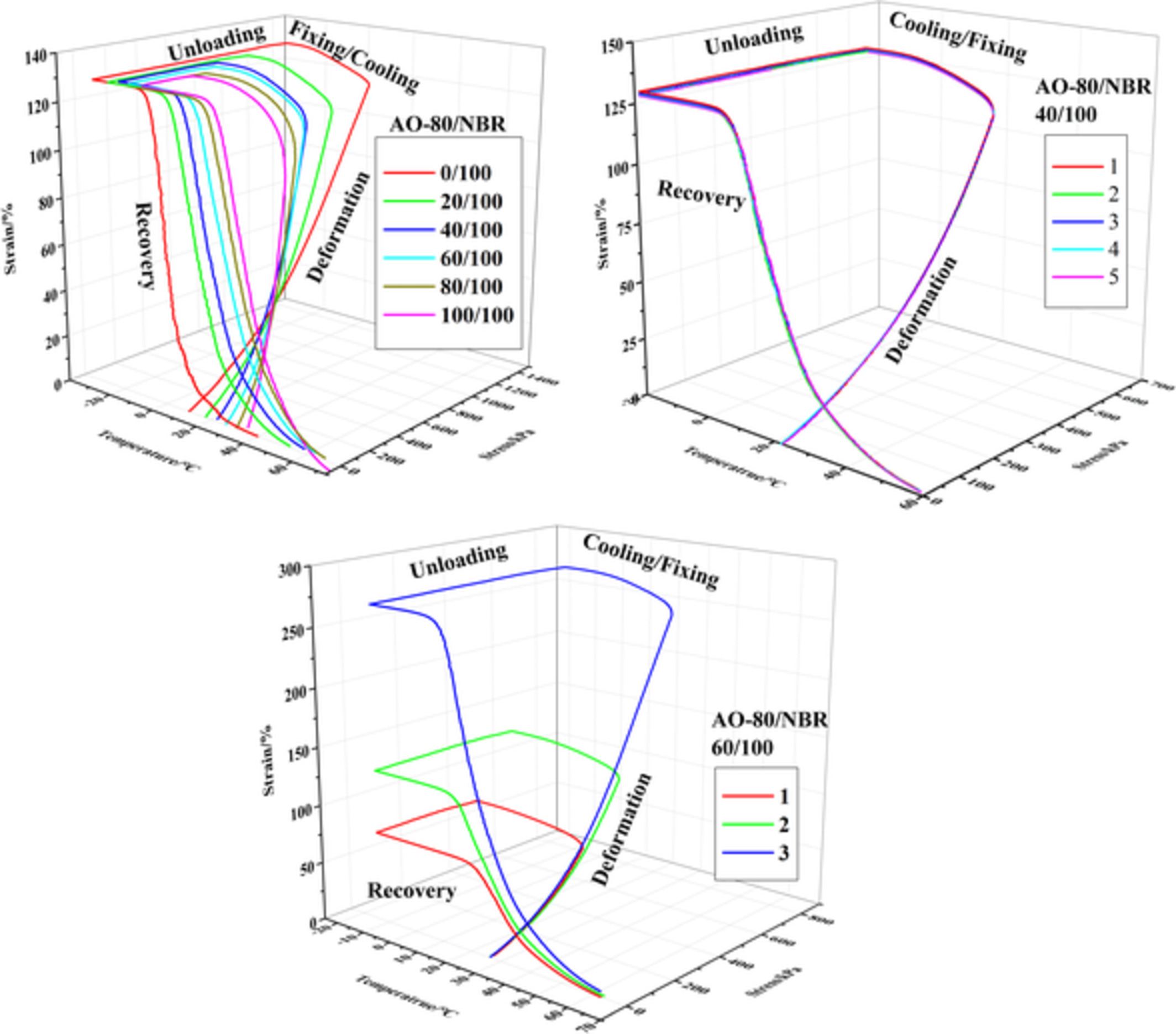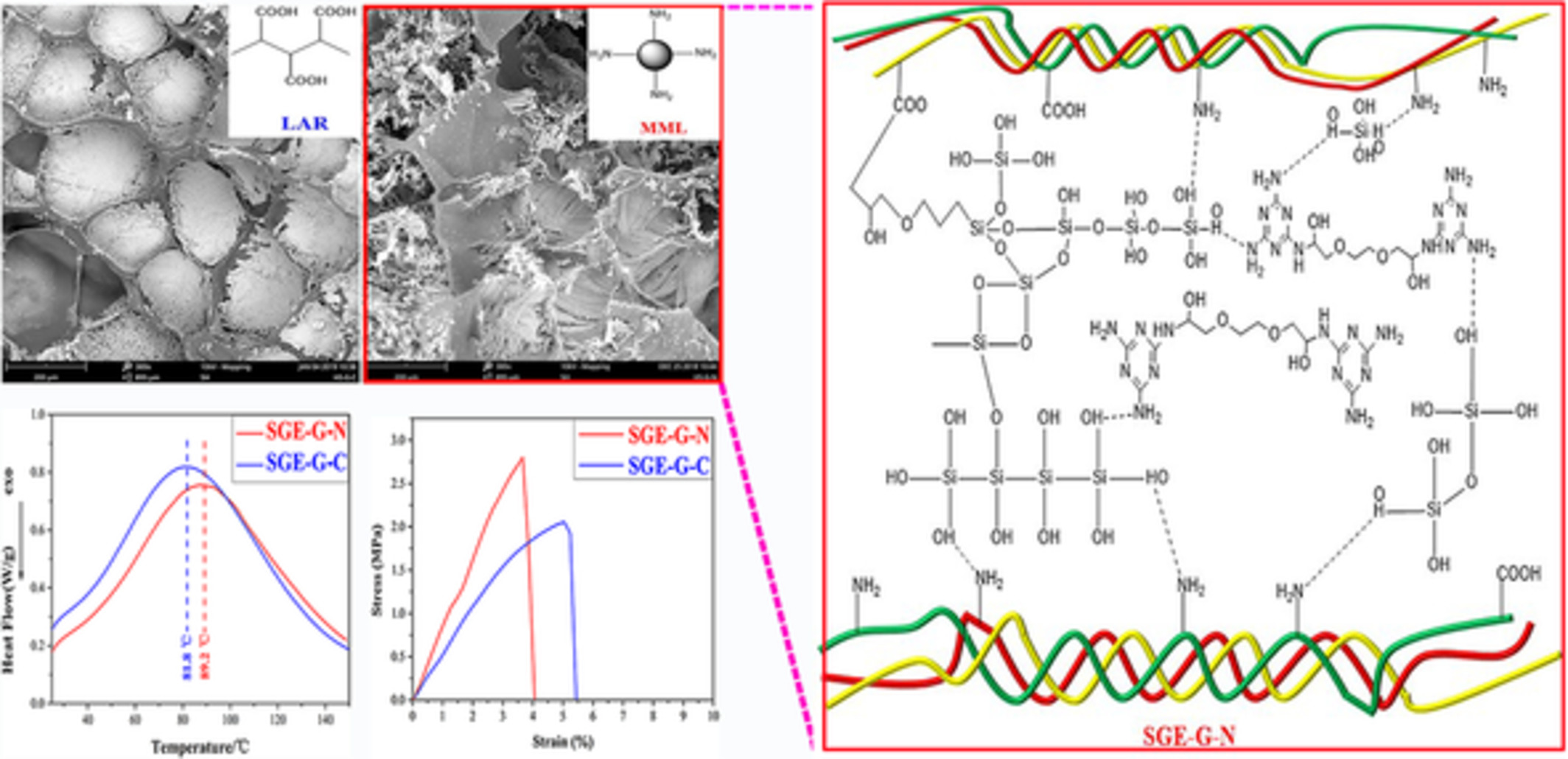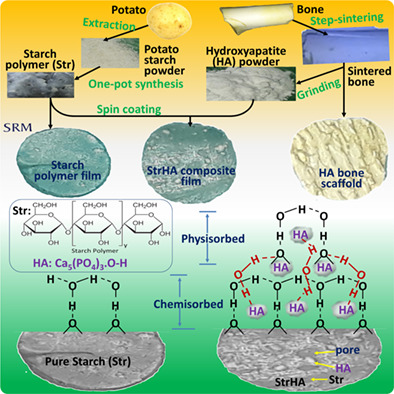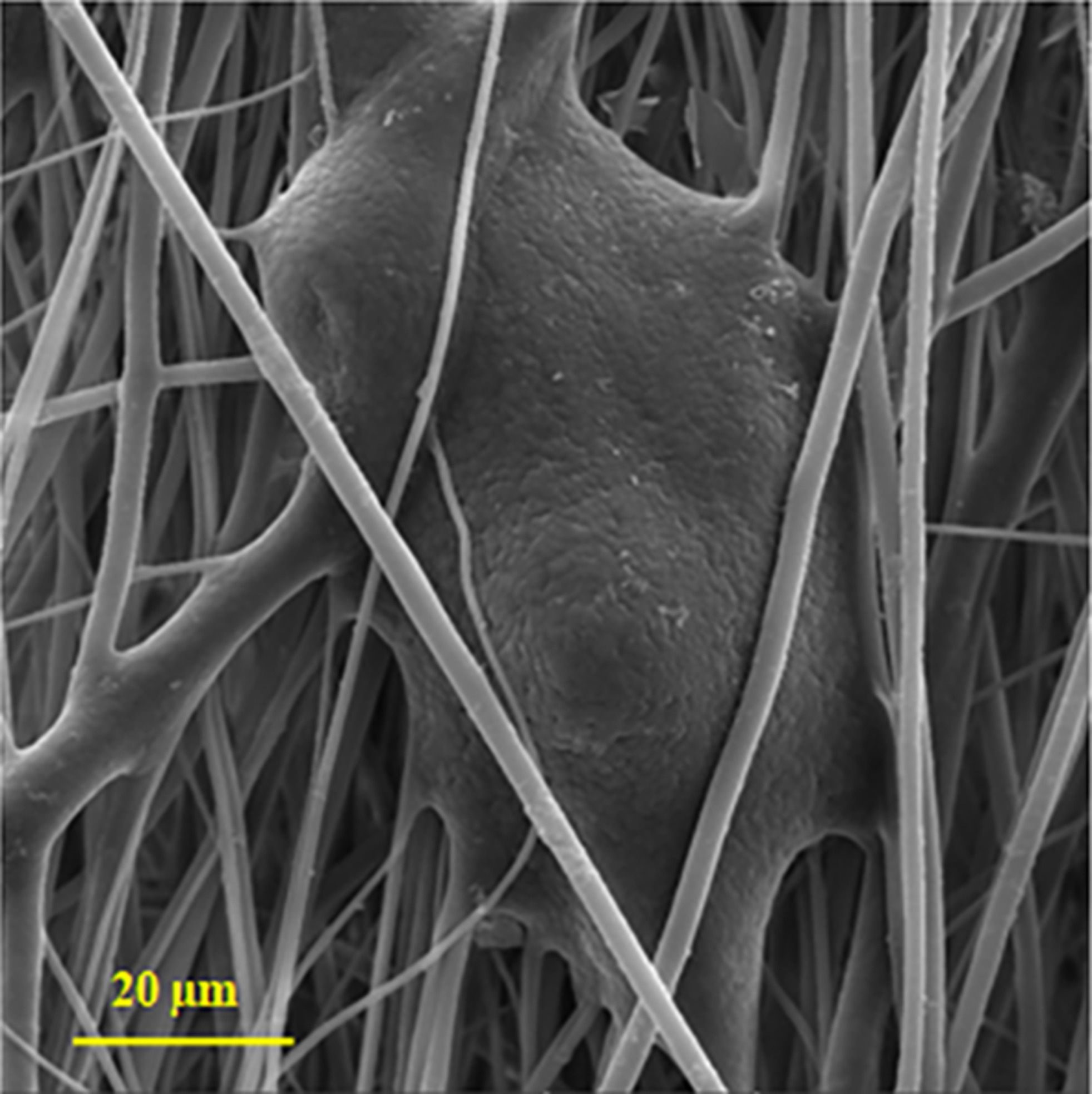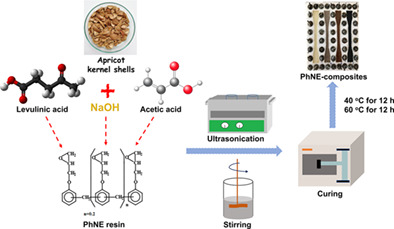Journal list menu
Export Citations
Download PDFs
Cover Image
Cover Image, Volume 137, Issue 30
- First Published: 03 May 2020
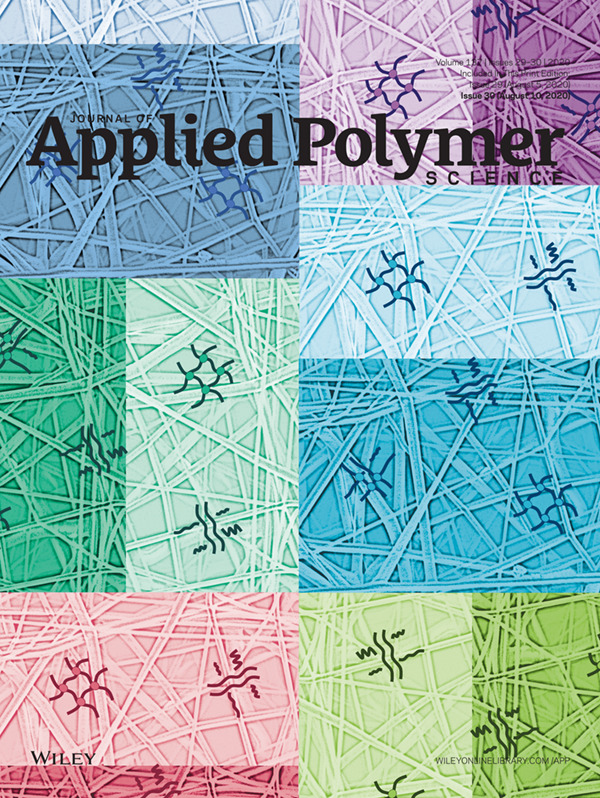
The cover image created by Lihua Lou et al., shows poly(vinyl alcohol) nanofiber prepared by electrospinning method. The inserted drawings represent changes in units (sub sections) within nanofiber webs under external load based on the actual tensile stress-strain curves of nanofiber webs, as hypothesized by the authors. This study also analyzes the effect of various testing parameters, as well as the interactions on the tensile properties on nanofiber webs. Results from this study, enable a comprehensive understanding of each testing parameter and their interaction effects and help with the standardization of tenacity evaluation of nanofibers. DOI: 10.1002/app.49213
Issue Information
Articles
Preparation of high 1,2-orientation butadiene-styrene copolymer by coordination copolymerization with molybdenum-based catalytic system
- First Published: 07 January 2020
Reduced graphene oxide suspension with a comb copolymer and its effects on the corrosion resistance of hydroxyl polyacrylate coatings
- First Published: 06 January 2020
Increased reliability of modified polyolefin backsheet over commonly used polyester backsheets for crystalline PV modules
- First Published: 06 January 2020
Fabrication of κ-carrageenan and whey protein isolate-based films reinforced with nanocellulose: optimization via RSM
- First Published: 09 January 2020
Thermoformable high oxygen barrier multilayer EVOH/LDPE film/foam
- First Published: 04 February 2020
Enhanced selective adsorption of cation organic dyes on polyvinyl alcohol/agar/maltodextrin water-resistance biomembrane
- First Published: 31 December 2019
Structural changes of polyacrylonitrile fibers in the process of wet spinning
- First Published: 08 January 2020
Synthesis and characterization of a novel early-strength polycarboxylate superplasticizer and its performances in cementitious system
- First Published: 08 January 2020
Solubility parameters and solvent affinities for polycaprolactone: A comparison of methods
- First Published: 08 January 2020
Simple and efficient anionic polymerization of N-phenylmaleimide with fluorides as an initiator
- First Published: 31 December 2019
Fabrication and evaluation of controllable core/shell magnetic molecular imprinted polymers based on konjac glucomannan for trichlorfon
- First Published: 31 December 2019
High shape-memory effect of hindered phenol/nitrile–butadiene rubber composites by forming hydrogen bonding
- First Published: 02 January 2020
Action of silicic acid derived from sodium silicate precursor toward improving performances of porous gelatin membrane
- First Published: 02 January 2020
Human-lymphocyte cell friendly starch–hydroxyapatite biodegradable composites: Hydrophilic mechanism, mechanical, and structural impact
- First Published: 31 December 2019
Aging effect of atmospheric pressure plasma jet treated polycaprolactone polymer solutions on electrospinning properties
- First Published: 10 January 2020
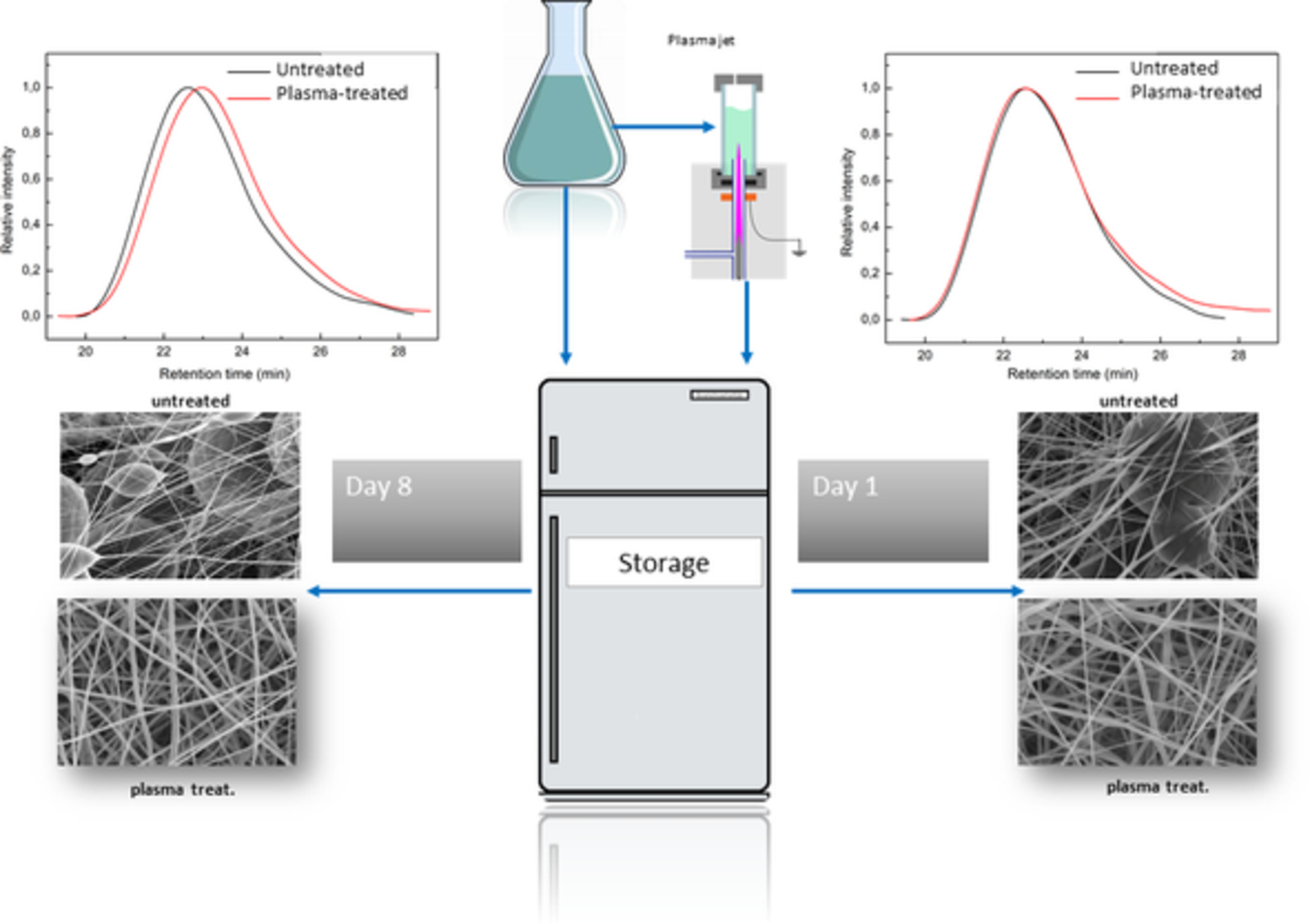
The aging effect of the atmospheric pressure plasma jet on improvement of spinnability of poly-ε-caprolactone (PCL) is reported. The conductivity, viscosity, surface tension, pH, and polymer molecular weight of the aged solutions were analyzed and were compared with the unaged solutions. Electrospinning of the stored PCL solutions resulted in the generation of beadless PCL nanofibers having a similar surface chemical composition as nanofibers generated from unaged solutions.
Sustained release of CIP from TiO2-PVDF/starch nanocomposite mats with potential application in wound dressing
- First Published: 10 January 2020
Stable and scalable smart window based on polymer stabilized liquid crystals
- First Published: 06 January 2020
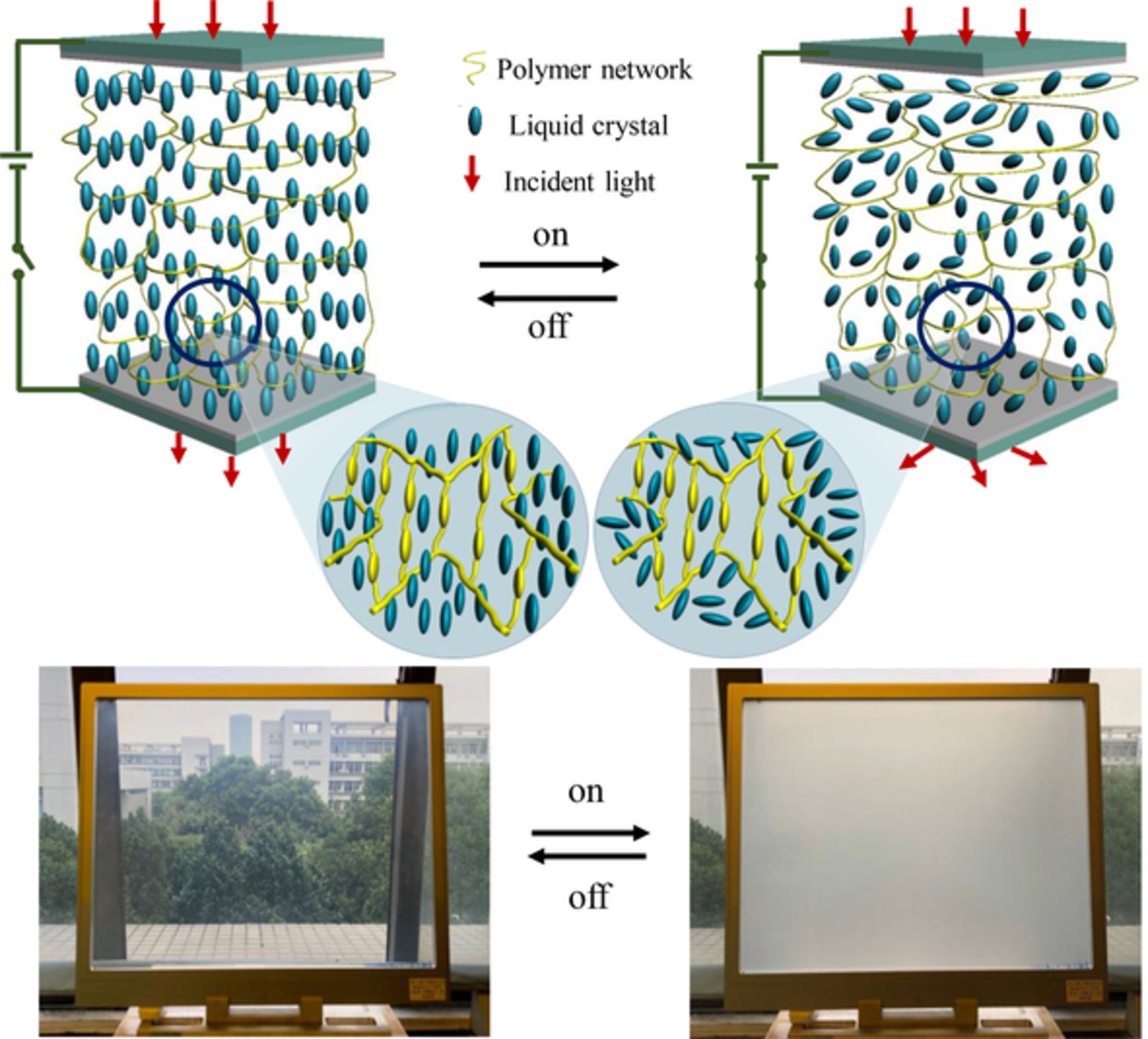
At homeotropic state, the polymer stabilzied liquid crystal system (PSLC) is transparent. On application of electric field, the liquid crystal rotate to multi-domains which results in scattering of incident light. The system turns to opaque. A 40 × 50 cm2 window based on PSLC has been developed in an industrial production line, which exhibits a highly transparent voltage-off state (3.5% haze) and a voltage-on scattering state (98% haze).
ARTICLES
Tensile testing and fracture mechanism analysis of polyvinyl alcohol nanofibrous webs
- First Published: 11 March 2020
Chemical modification of apricot kernel shell waste and its effect on phenolic novolac epoxy composites
- First Published: 21 March 2020




